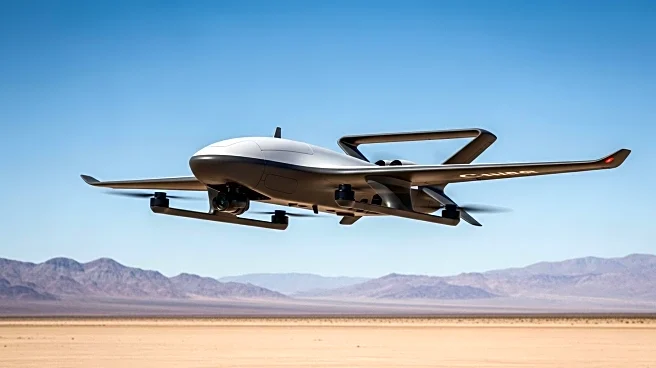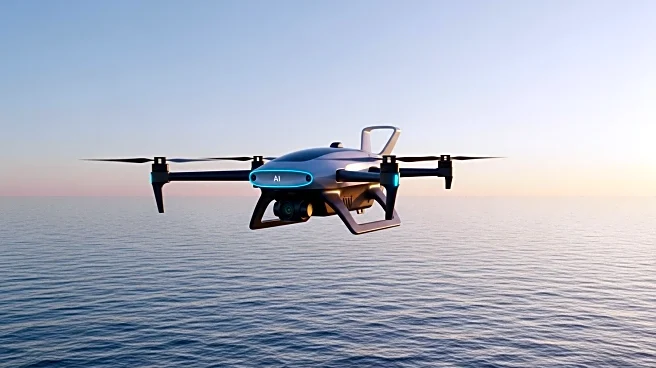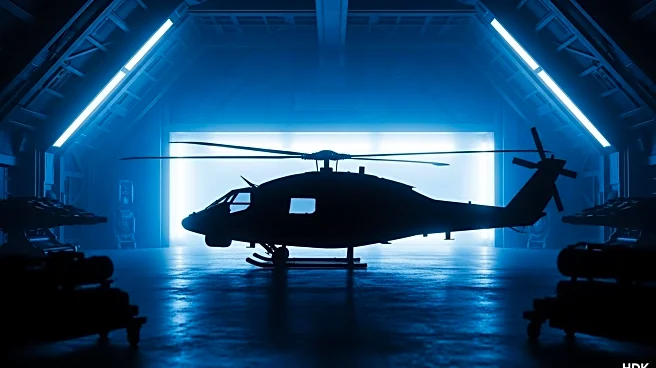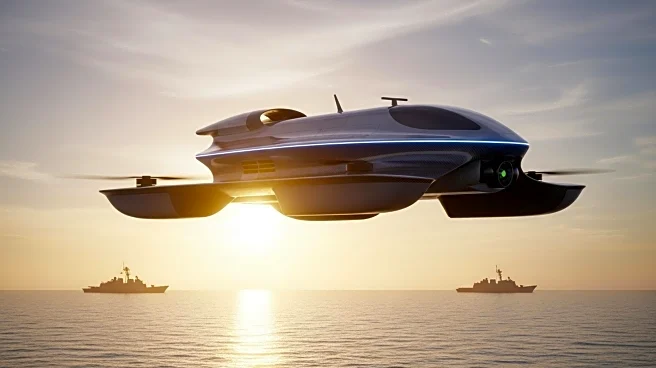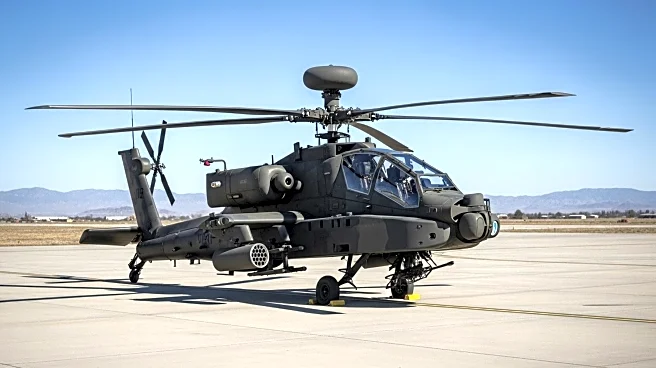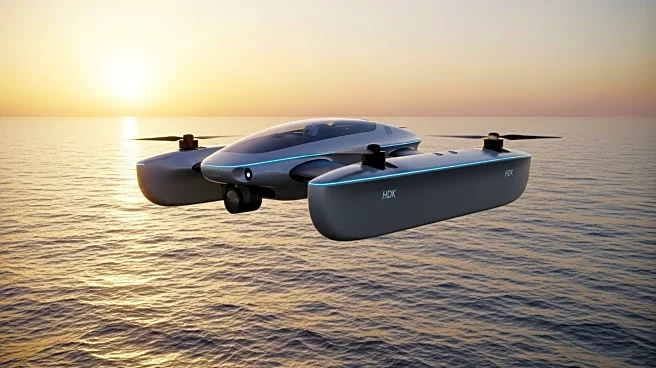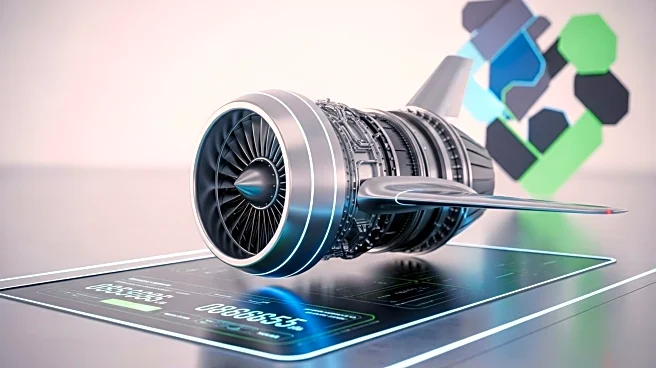What is the story about?
What's Happening?
Lockheed Martin is advancing its efforts to integrate autonomy into the cockpit of its C-130 aircraft, aiming to reduce pilot workload without transitioning to fully autonomous flight. The initiative is part of a broader strategy to extend the operational life of the C-130 fleet, which has been demonstrated through recent endurance exercises. Rod McLean, Lockheed Martin's vice president and general manager of air mobility and maritime missions, highlighted the company's investment in autonomy, drawing on experiences from the F-16 autonomy test bed and Sikorsky's MATRIX software. The goal is to enable single-pilot operations with enhanced automated controls, allowing for longer missions with reduced crew workload. Additionally, Lockheed Martin has successfully extended the wing life of the C-130J by 40%, increasing its flight hours from 90,000 to 122,500. This development negates the need for center wing replacements in older models, ensuring continued production and demand for the aircraft.
Why It's Important?
The integration of autonomy and extended service life for the C-130 fleet is significant for the U.S. Air Force and international customers relying on these aircraft for various missions. By reducing pilot workload and extending the aircraft's operational life, Lockheed Martin is addressing critical needs for efficiency and longevity in military aviation. This advancement could lead to cost savings and increased mission capabilities, benefiting both domestic and international stakeholders. The ongoing demand for C-130 production, including orders from Australia and the U.S. Navy, underscores the aircraft's strategic importance. Furthermore, Lockheed Martin's negotiations with international customers and U.S. Customs and Border Protection highlight the growing interest in modernized air mobility solutions.
What's Next?
Lockheed Martin is poised to continue its production of the C-130 into the next decade, driven by ongoing orders and negotiations with international and domestic customers. The company's focus on autonomy and extended service life may lead to further innovations in air mobility, potentially influencing future aircraft designs and operational strategies. As Lockheed Martin engages with U.S. Customs and Border Protection and other international clients, the company anticipates additional orders, reflecting a global demand for advanced airlift capabilities. The success of these initiatives could set a precedent for other military and civilian aircraft manufacturers to pursue similar advancements.
AI Generated Content
Do you find this article useful?
